Climate change is having growing impacts worldwide. While some effects can be recovered, others may not fully return to their original state. Some of the climate change impacts, such as extreme weather events are recognizable, but others that happen gradually, such as sea level rise are often unrecognizable and difficult to address until they cause significant impacts. As climate impacts for each country are different, understanding the climate risks in each country is thus essential; particularly in preparing a development plan that is resilient to climate impacts.
Indonesia Research Institute for Decarbonization (IRID), in collaboration with Germanwatch, Institute for Climate and Sustainable Cities (ICSC), LAYA-INECC, and Greenovation Hub, organized a webinar titled ‘Climate Transitions and Its Impacts in Asia’ on 12 June 2025. The webinar elaborated the world’s current state of climate and its impacts, both in the short term and long-term. The webinar also introduced the lessons learned from the ground on how to differentiate climate adaptation measures with loss and damage due to climate change. It also covers the issue on how developing countries identify the needs and priorities amid the changing climate.
Current State of the Global, Asia Pacific, and Indonesia Climate
The state of the global climate has become increasingly alarming. According to the World Meteorological Organization (WMO) in their State of the Global Climate 2024 report, the global concentration of greenhouse gas (GHG) in the atmosphere has reached 420 parts per million (ppm), or 50% higher than the 1750 level. This has made 2024 to be the warmest year in the 175-year observational record, with the average of global temperature increases to 1.55°C above the pre-industrial average (Figure 1).
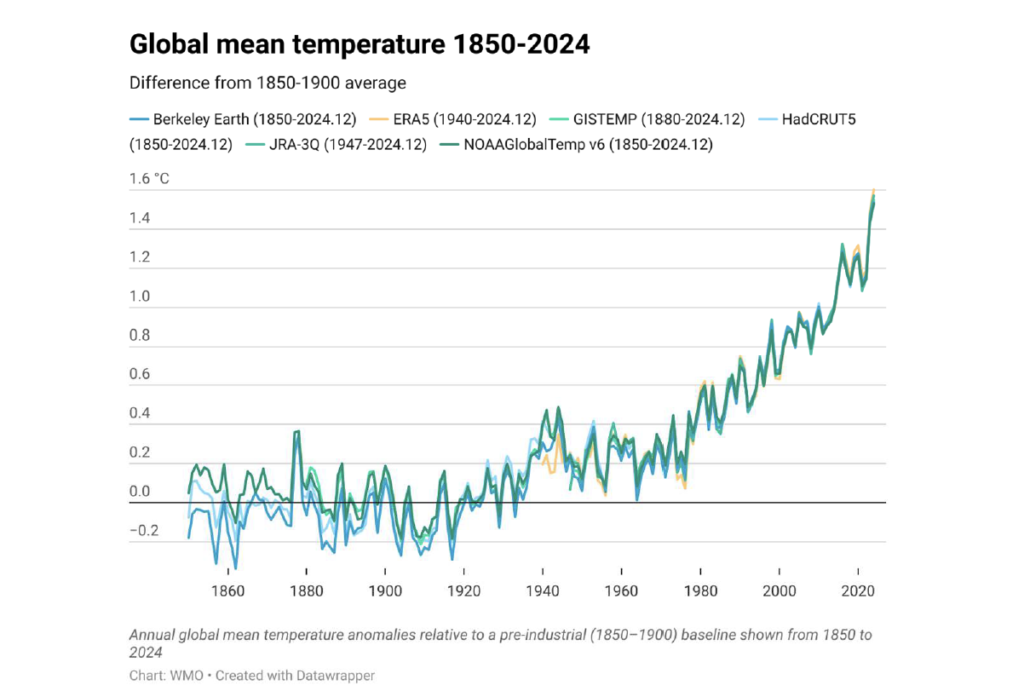
In the context of Asia Pacific, the WMO’s State of the Climate in South-West Pacific 2024 report reveals that the annual average of surface temperature over both land and ocean in the region ranked as the warmest on record in 2024, reaching 0.48°C above the 1991–2020 average. Besides the rising temperatures, the increasing level of GHG concentration, especially CO₂, also led to ocean acidification which poses serious ecological threats to the ocean ecosystem. Ocean acidification puts fisheries and aquaculture at risk, weakens coral reefs, and negatively affecting tourism industries that shape the local livelihood in the region.
In Indonesia, the CO₂ levels also continued to increase as showed by the data gathered from the Global Atmospheric Watch (GAW) Station at Bukit Kototabang in 2024 [Figure 2].
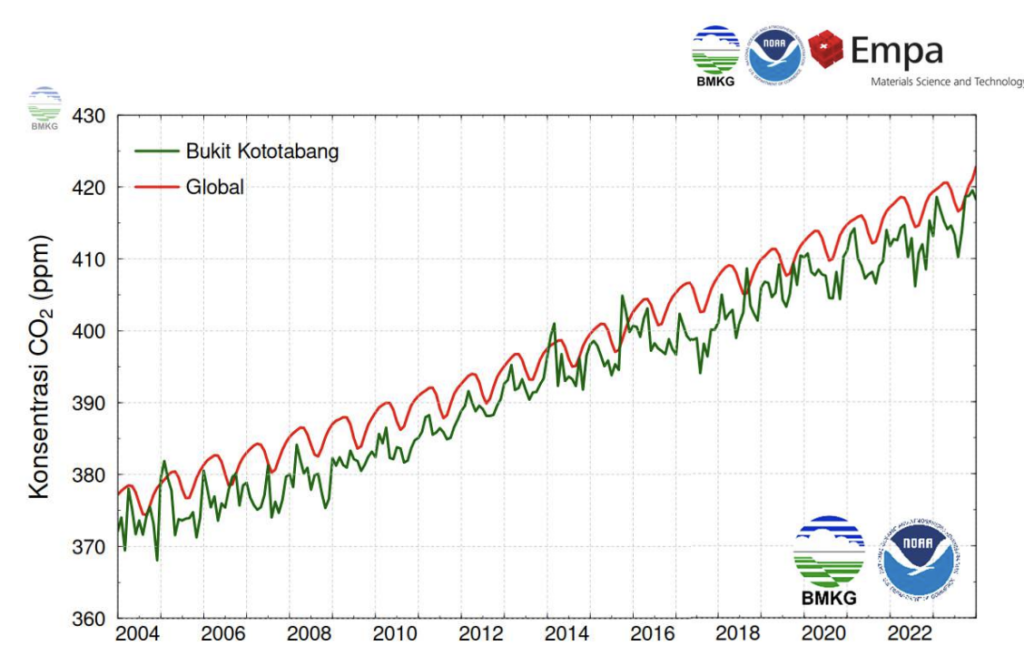
The melting of Puncak Jaya Wijaya glaciers, located in West Papua, Indonesia, also affirms the increasing of the global temperature. Between April 2022 and August 2024, the glaciers have reduced by 30–50%, from 0.23 to 0.11–0.16 km² (Figure 3). It is expected that by 2026 or shortly after, the glaciers at Puncak Jaya Wijaya will vanish.
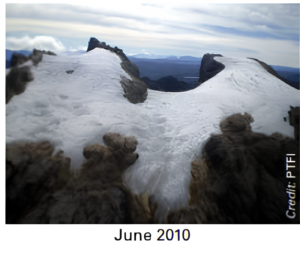
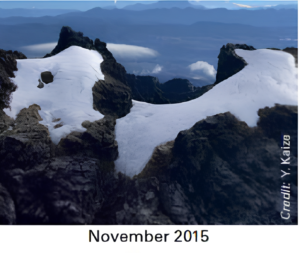
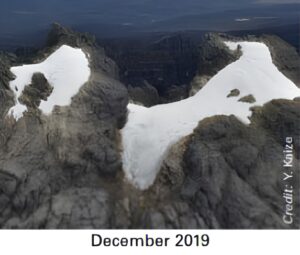
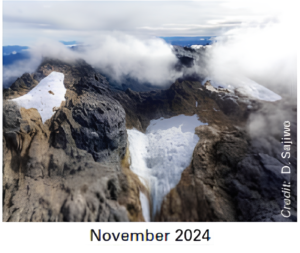
Loss and Damage: Experience from the Ground
The absence of tools to measure possible loss and damage events due to climate change has hindered the developing countries to address the issue of loss and damage, particularly those related to non-economic impacts and slow-onset event. The existing tools – Rio Marker[1] – has primary focus on mitigation and adaptation efforts. To address this gap, DanChurchAid (DCA) has developed the Loss and Damage Marker to track activities that are focused on addressing non-economic and economic loss and damage due to climate change. This marker can also track both rapid and slow-onset events, such as floods and sea level rise. However, this marker does not capture the impacts that are not related to climate change, such as earthquakes. This marker aims to enhance climate change reporting and establish a more targeted approach to loss and damage due to climate change.
Key Needs for Developing Countries to Address Loss and Damage
Climate change-induced loss and damage encompasses both economic and non-economic impacts. The economic loss and damage refer to the costs of impacts that can be quantified; in contrast, non-economic loss and damage are often difficult to quantify in financial terms. For instance, the riverbank erosion caused by climate change in Bangladesh has resulted both non-economic and economic losses. The economic losses include the loss of homes, crops, and infrastructure. The non-economic losses are equally or even more substantial, such as the displacement that resulted from the losses of home. The event has forced communities into undignified jobs, leading to increased school dropouts, child labour and marriage, psychological trauma, and the loss of social identity and culture. Unfortunately, such non-economic losses are often overlooked.
These findings underscore the needs for developing countries to establish a standalone plan to address the potential losses and damages due to climate change, including its non-economic aspects. However, at the current state, most national policies are focused only on short-term disaster relief. Despite there are existing policies such as National Adaptation Plans (NAPs) and Disaster Risk Reduction (DRR) strategies, developing countries are still lack of specific plans to address loss and damage due to climate change.
In addition, addressing loss and damage requires strong inter-sectoral and inter-ministerial coordination. Weak institutional coordination will hinder the effective measures to address loss and damage due to climate change in developing countries. It is also crucial to increase the capacity and capabilities of local non-government organisations (NGOs) and civil society organisations (CSOs) that are experienced in post-disaster relief and rehabilitation.
Establishing research-based evidence on non-economic losses due to climate change is crucial for developing countries. Linking this evidence to humanitarian issues can strengthen international supports and help to expand the discussions on the loss and damage due to climate change at the global level beyond the United Nations Framework Convention on Climate Change (UNFCCC). However, the global fund for research is still lacking to focus on the human dimension of climate change impacts in developing countries. While there is evolving discussion on Fund for Responding to Loss and Damage (FRLD) with a pledge of USD 768 million, disbursing these funds to affected communities in developing countries remains a discussion.
[1] Rio markers developed by the Development Assistance Committee (DAC) of the Organisation for Economic Co-operation and Development (OECD).
Share:




